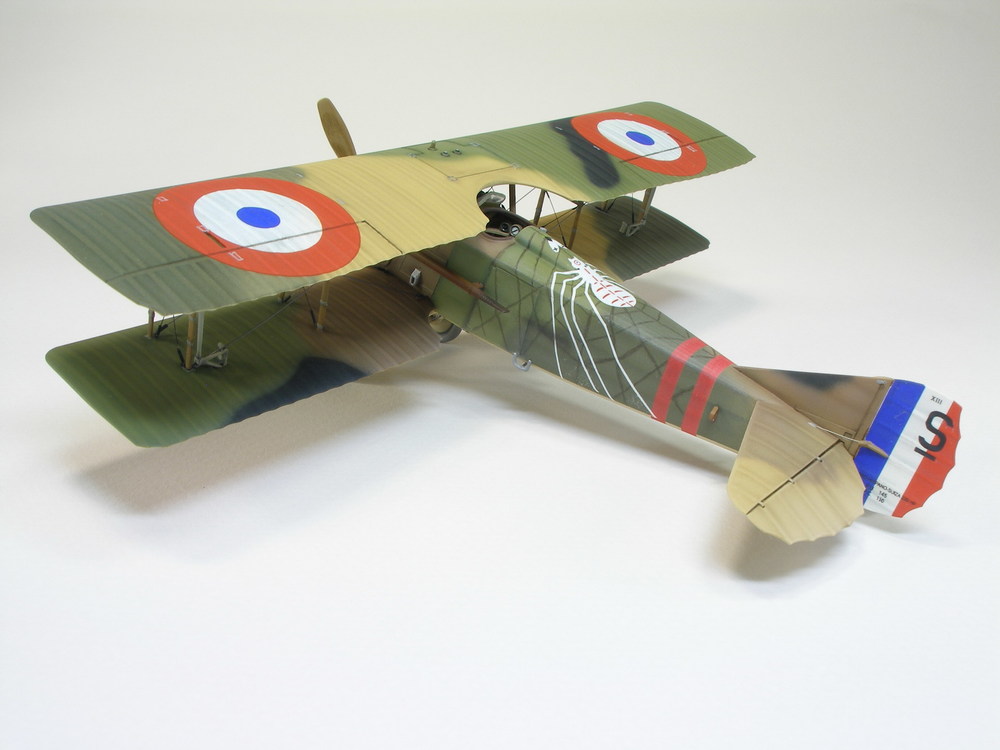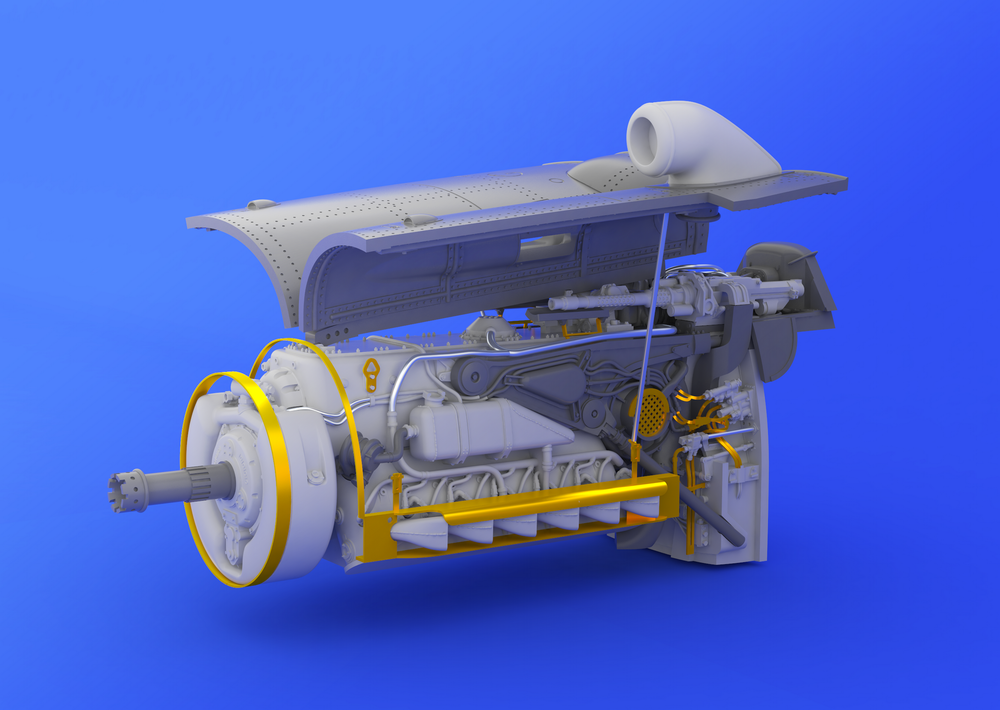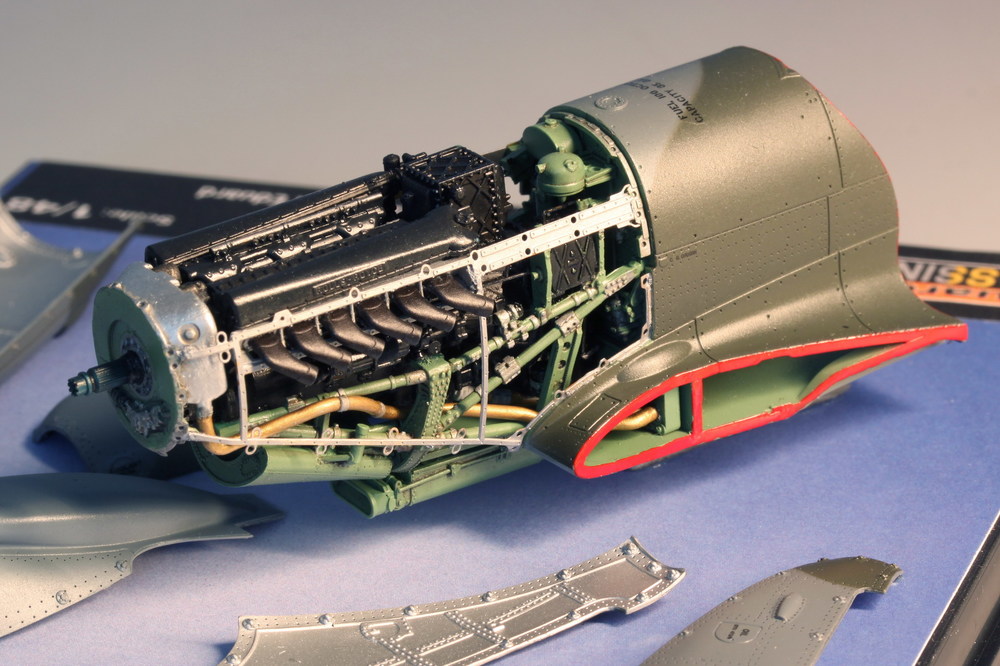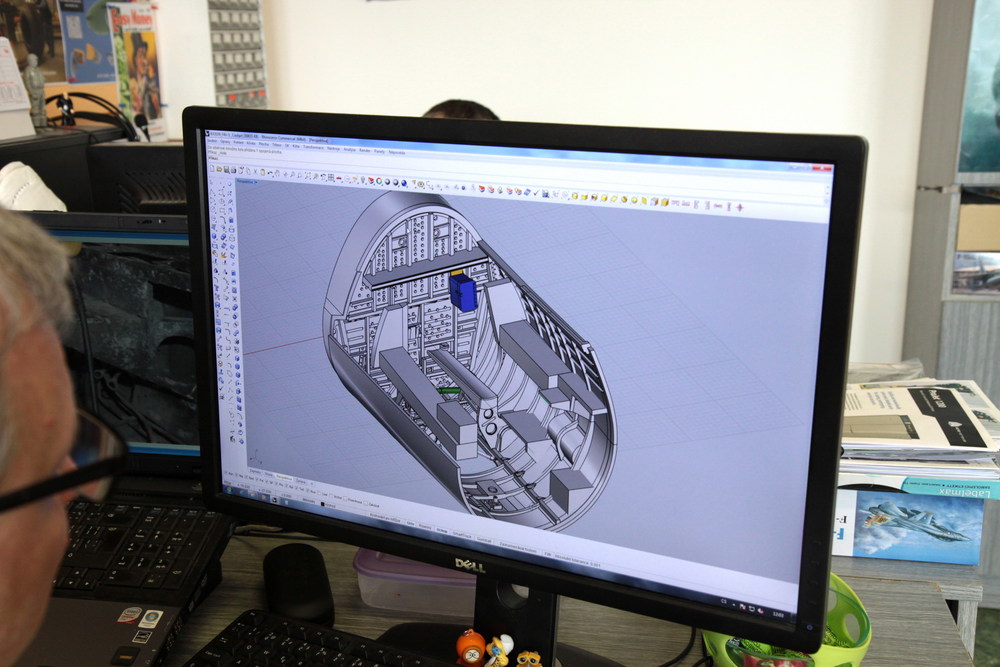

I'm bringing you another interview, this time with the designer of Brassin engine for Bf 109G-6 1/48 – Karel Misak.
Karel, the design process for the Brassin DB605 engine for our new Bf 109G-6, which we are now going to discuss, was quite long and interesting. How long have you actually been connected with the world of plastic modeling?
If we are talking about model building itself, this goes back to 1965. At that time, I was building whatever was available to buy. Mainly airliner kits from Plasticart. I then tried to cast some things which were not available here. At the time, I worked at LOM Prague (repair works), where I was occasionally given a little Lucopren from my co-workers. I tried to make my own molds, using the "try-fault" method. My friends loaned models to me which were not readily available, and I attempted to cast copies of these in resin. I experimented with diferent separation materials, but the results were always poor. One day, Jirka Moravec came to me and said: "Hey, you're always just copying things, so why don't you try to make something yourself, from scratch? There are plenty of planes that nobody produces as kits". At first, we used masters, prepared by one of our colleagues. Later I started to produce them myself. In Czechoslovakia, there was no one willing to pay for this work at that time, so our whole "production" headed abroad; to Great Britain and the USA, where we exchanged our stuff for other plastic kits and literature. Production was still limited though. The total number of sets which we were able to produce using the Lucopren molds, was no more than around 30pcs.
This started in 1975 and I continued "playing" with this method until the 1990s.
Tell me about Smer?
In the meantime, I left LOM Prague and began working for Směr. It was purely by coincidence that I stepped into their design offices , which were located in our street in the Žižkov district of Prague. They asked me what type of school I attended, and when I said that I studied at the Engineering School, they offered me a job . I started to work there as a designer. I drew plans for toys, but at that time Směr had already started repacking plastic kits from other manufacturers, and buying old molds from Merit, Artiplast and some Russian companies. Along with toy design work, I also began activities related to plastic kit production. We designed our own instruction sheets, decals, boxes etc, but we were also repairing injection mold tools, which required a lot of skill. We then started to cooperate with Heller. The cooperation worked in two ways; either we bought their molds and produced the plastic parts for both parties, or we bought the actual plastic parts from them. Both companies operated within two different markets, so there was not a problem with market competition.
Finally, there was the decision that we would produce our own kit. The first finished kit was the Avia BH-11, whose design and preparation had already been going on at Směr for quite a long time. IGRA produced these molds for Směr. Then we released a MiG-17 in quarter scale. Another of my tasks was to master the single seat version of the Il-2 in 1/72, but by that time, Směr had started to orientate its business on pressing conventional customer plastic products, such as plastic dishes, lights, etc. The tool making was scaled down, and eventually ceased completely. I ended up as an output quality controler. Then Vlaďa Šulc "threw me a rope". I started to produce model designs for Eduard in a freelance capacity, but around 2003, I moved to Eduard as a permanenet employee. I made the patterns for the 1/72 Sopwith 1 ½ Strutter , 1/72 DH.2 , 1/72 and 1/ 48 Spad XIII, 1/48 Bristol Fighter, 1/144 Ju 52 in all three versions, and the Junkers J.I in 1/72. These kits are all my own handiwork. I became a specialist in manufacturing corrugated skin! I was aslo working on a Caproni Ca.3 in 1/48, but this project was stopped before its completion.
As time went by, digital technologies were developing quickly, so I was re-trained on Autocad. I started drawing blueprints for my colleagues in our 3D model construction department. I prepared, for example, the Oeffag 153/253, a whole range of Messerschmitt Bf 109 types, from the Bf 109E to the Bf 109G-14. I prepared blueprints for the Spitfire Mk.V and Mk.IX, and also a conversion set to build the Spitfire Mk.VIII from a Spitfire Mk.IX. Rhino and Brassin designs then followed.

It's amazing just how you can adapt yourself to new technologies. You own skills went through a number of transformations.
Yes, but it's not obvious to others, just how nervous this makes me each time I try something new!
How long did you work on the quarter scale engine for the Bf 109G-6?
About a month and a half exclusively, on this project alone. A great help to me was that, as a starting point, I could use a number of elements of the DB605 engine, which we had already designed for the 1/32 Revell kit. Even so, there were many changes that needed to be made for our new kit. The engine had to be reduced in size, of course, and technically modified to fit within our plastic kit design. However, the finished result certainly doesn't miss any detail in comparison to the 1/32 engine. For the design, I cooperated with my colleagues, especially Luďek Matoušek, who designed the engine cowls, and Renda Kratochvil, who then finished the pre-production technological issues.

After we published the renders of the engine, some modellers complained that you hadn't paid attention to the detail on the underside of the engine, above the oil cooler.
We try to construct Brassin sets so they can be relatively easy to incorporate into the model, without much cutting or grinding of the plastic parts. The design of the engine covers on the Bf 109 doesn't allow us to do what we could afford to do with the Spitfire. The lower part of the cowl must remain closed as it basically carries the entire engine asembly. If you cut off the entire plastic nose, it is very difficult to fit the heavy resin engine into the model. The engine bearers themselves wont allow the engine to be secured properly. The result is a compromise. On one hand, we can now uncover substantial parts of the engine, whilst at the same time allowing the modeler to fit all of these parts with comparitive ease.
The renders also show some stretched wire. Does this mean that you don't include those either within the resin or etched parts count?
That's correct. The engine has a lot of hoses and cables that are too distant from the engine body itself, so we are not able to mould these as a part of the engine block. The technologies we use, still has some limitations. The instruction sheet will advise the modeller of the wire diameter, and the exact positions where they should be placed. It's an easier and better looking solution.
What would you like to point out regarding this set?
It is really easy to assemble, and you can build it into the model without any problem. At the same time though, it has a lot of detail. The gun section contains alternative parts for versions with either a 20mm or 30 mm cannon. I can't neglect to mention that even the area between the engine and the fuselage bulkhead includes all of the ancillary hardware, so even this area hasn't been snubbed! The top engine cowl fits really well, and so on... The set also includes decals with numbers for the engine block sides.
Where can modellers see your previous designs?
Lately, I have designed cockpits for the 1/72 MiG-15s. More complex design work can be seen in the Merlin engine for our quarter scale Spitfire Mk. IX. I have also designed a wide range of weapons which we have released within our Brassin range, such as the Browning M2, and German machine guns, etc.

But the Merlin was not the only thing that you designed for our 2013 bestseller; the quarter scale Spitfire.
No, it's not. As I mentioned earlier, I had drawn the complete blueprint documentation for the Spitfire Mk.IX and Mk.V in 1/1 scale using Autocad. This was during my first attempts in designing Brassin, using Rhino.
What project are you working on at the moment?
For quite a long time now, I have been working on the cockpit set for the 1/32 F4U. It should be available for purchase, probably in July or August 2014.
